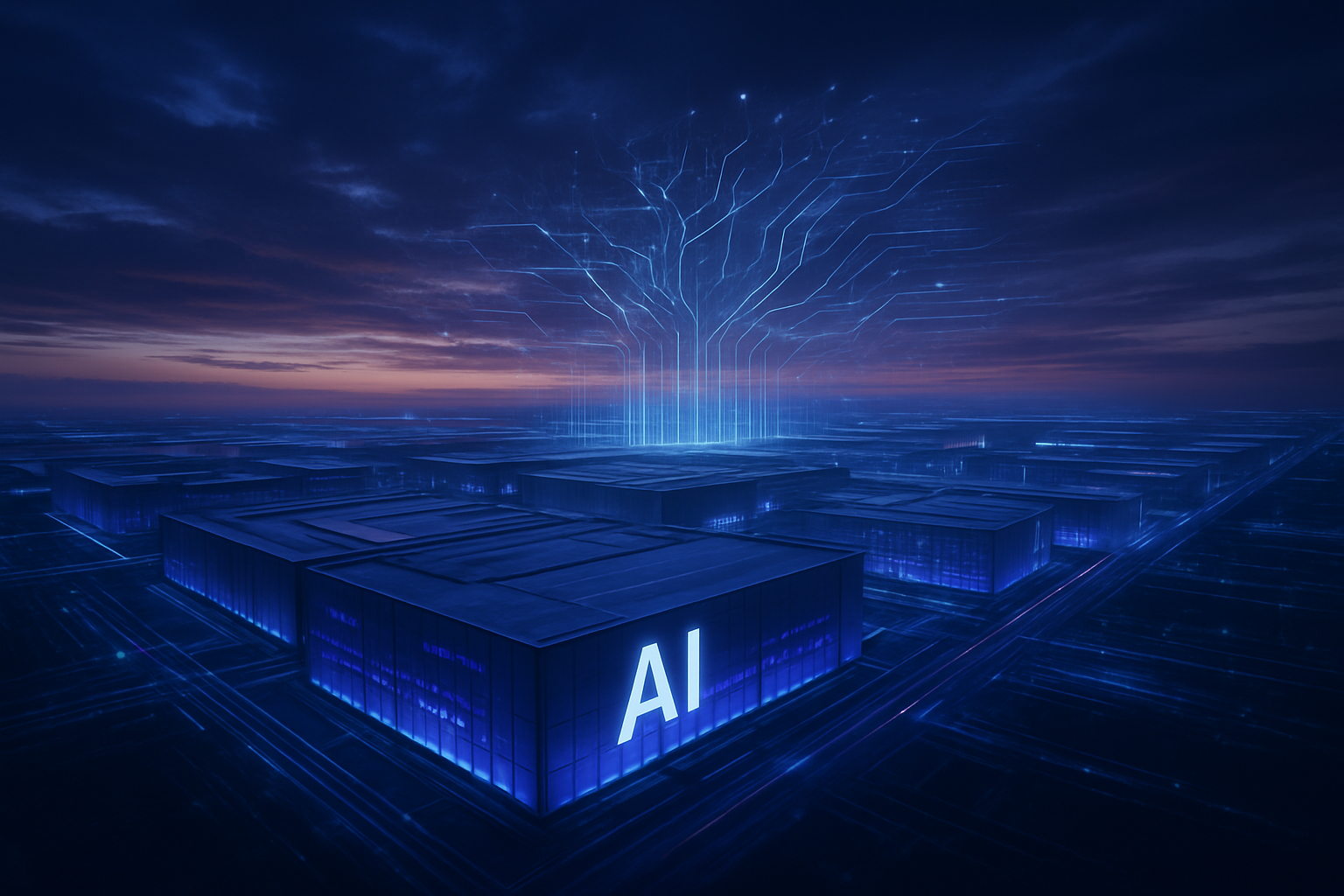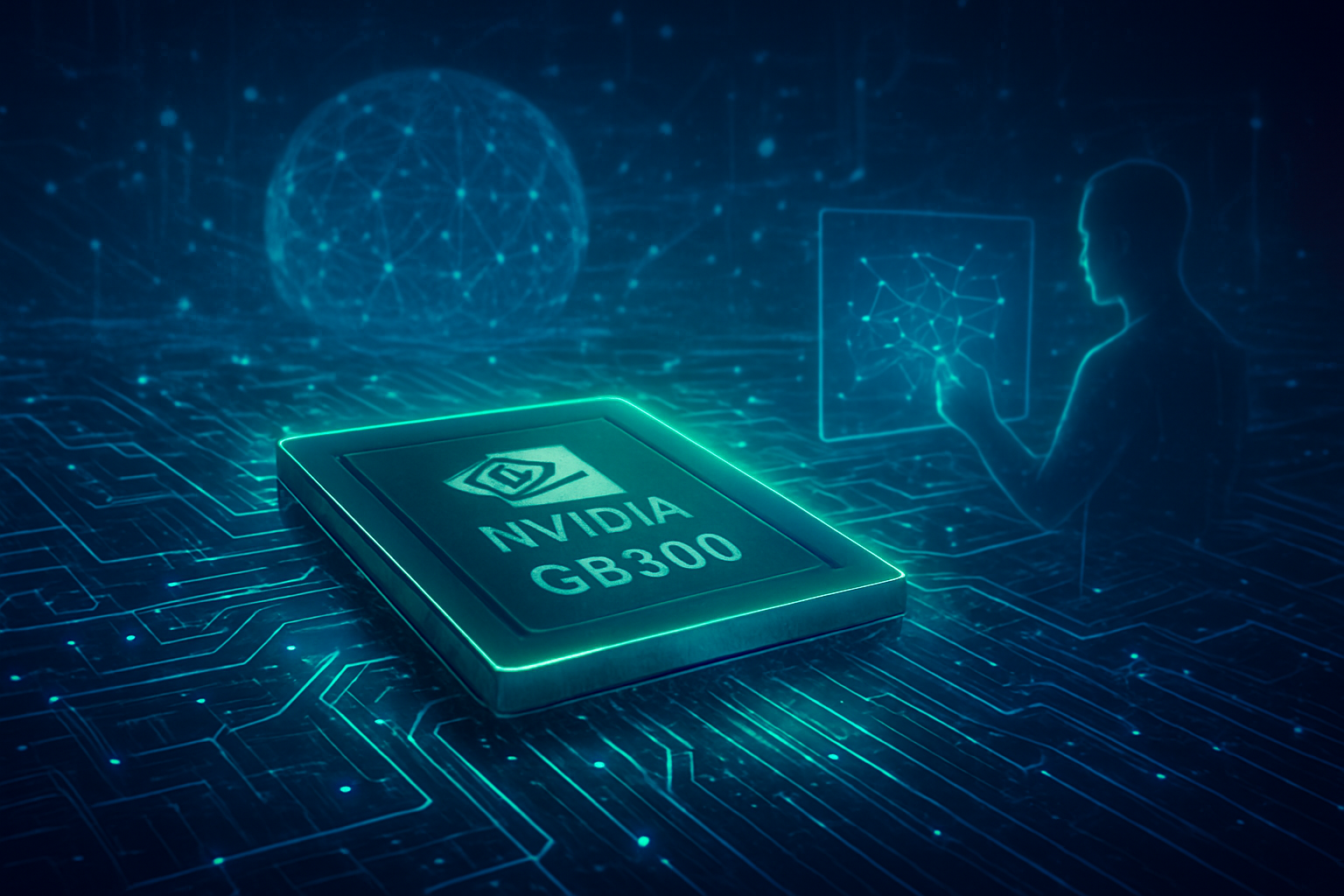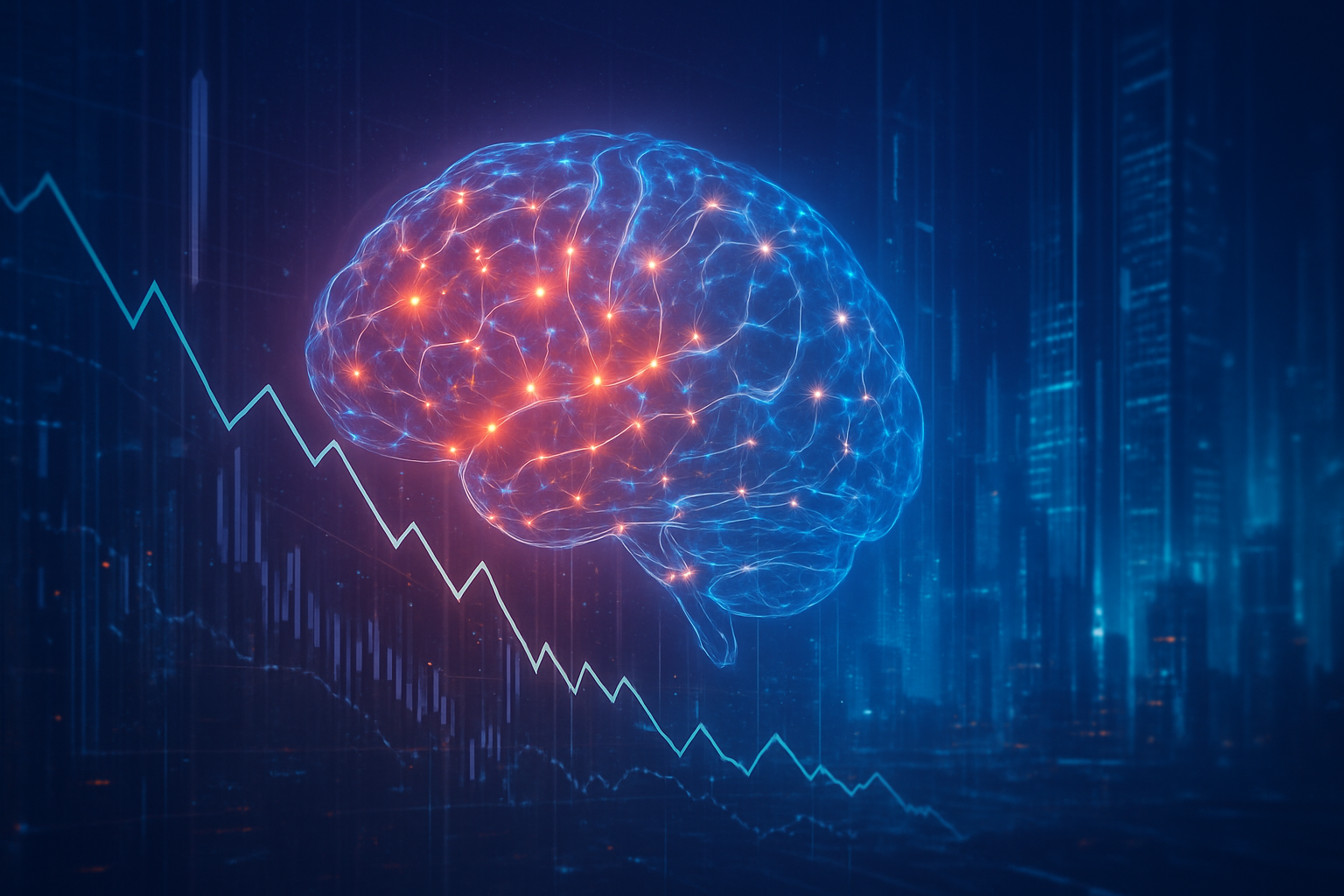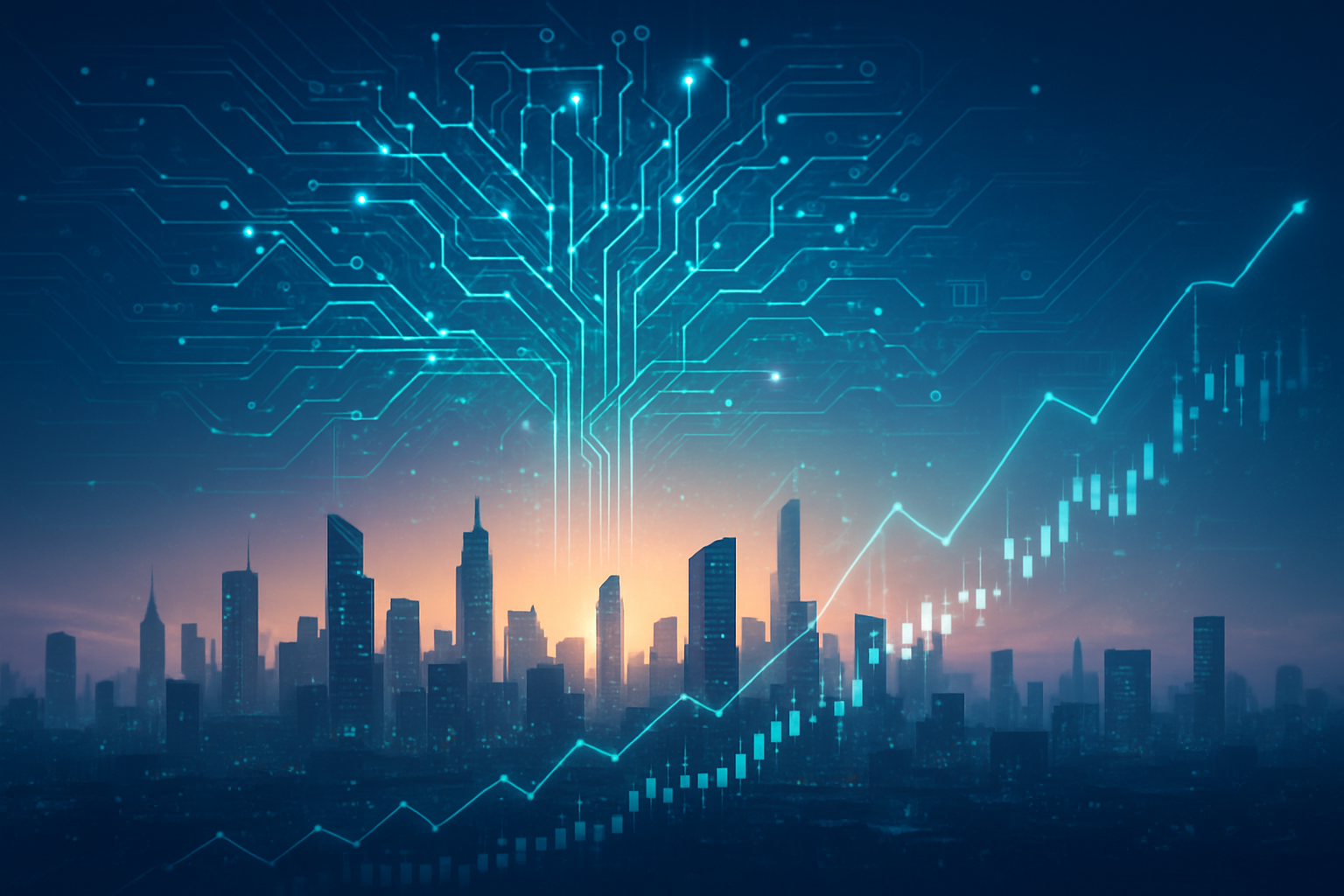Riyadh, Saudi Arabia – November 19, 2025 – In a move set to profoundly reshape the landscape of generative artificial intelligence and Hollywood's creative industries, Saudi Arabia, through its Public Investment Fund (PIF) company HUMAIN, has led a colossal $900 million Series C funding round for Luma AI. This landmark investment, which values the U.S.-based frontier AI startup at an estimated $4 billion, is poised to accelerate the development of advanced multimodal AI systems and foundational "World Models" that promise to transcend the capabilities of current large language models. The influx of capital, coupled with unprecedented access to a forthcoming 2-gigawatt (2GW) AI supercluster in Saudi Arabia, signals a new era for AI-driven content creation, particularly within the entertainment sector.
The investment underscores a burgeoning global commitment to AI development, with international players increasingly recognizing the transformative potential of generative AI. For Hollywood, Luma AI's enhanced capabilities could usher in an age of unparalleled creative efficiency, enabling filmmakers, designers, and marketers to craft professional-grade content with unprecedented ease and speed. This strategic alliance not only propels Luma AI to the forefront of the generative AI race but also positions Saudi Arabia as a significant player in the global AI infrastructure landscape, with implications stretching far beyond the silver screen.
The Dawn of "World Models": Luma AI's Technical Leap Forward
Luma AI, under the leadership of CEO Amit Jain, formerly of Apple (NASDAQ: AAPL), is spearheading the development of multimodal Artificial General Intelligence (AGI) focused on understanding and operating within the physical world. The $900 million Series C funding, with participation from existing investors like Andreessen Horowitz, Amplify Partners, and Matrix Partners, alongside a significant contribution from AMD Ventures (NASDAQ: AMD), is earmarked to fuel Luma AI's ambitious research and infrastructure development. The core of this ambition lies in training "World Models"—foundational AI models designed to learn from a vast array of digital data, including video, audio, and language, to simulate reality with a depth that surpasses existing Large Language Models (LLMs).
A cornerstone of Luma AI's technical prowess is its flagship platform, Dream Machine, which empowers users to generate professional-grade videos and images from diverse inputs such as text prompts, images, or existing video. This platform offers creators director-level control over critical elements like camera motion, stylistic choices, and scene composition, democratizing access to high-fidelity content creation tools. Further pushing the boundaries, Luma AI released Ray3 in 2025, touted as the world's first "reasoning" video model. Ray3 distinguishes itself by generating physically accurate videos, animations, and visuals, reportedly outperforming OpenAI's Sora on several benchmarks and achieving performance akin to Google's Veo 3. Its unique ability to self-analyze and optimize details during scene generation marks a significant departure from previous approaches, offering a level of realism and control previously unattainable.
The distinguishing factor for Luma AI's next-generation models lies in their access to HUMAIN's "Project Halo," a planned 2GW AI supercluster in Saudi Arabia. This immense compute infrastructure is critical for training the complex multimodal models that Luma AI envisions. While previous generative AI models have focused predominantly on single modalities (e.g., text-to-image or text-to-video), Luma AI's "World Models" aim for a holistic understanding of reality by integrating diverse data types, promising more coherent, physically accurate, and contextually rich outputs. Initial reactions from the AI research community highlight the strategic importance of this compute power, recognizing it as a crucial enabler for achieving true multimodal AGI and moving beyond the limitations of current generative paradigms.
Reshaping the Competitive Landscape for AI and Entertainment Giants
The substantial investment in Luma AI carries profound competitive implications for both established AI labs and tech giants, as well as a myriad of startups vying for dominance in the generative AI space. Luma AI (Private) itself stands to benefit immensely, leveraging the $900 million capital injection and, more critically, the unparalleled access to HUMAIN's 2GW AI supercluster. This compute advantage could position Luma AI to leapfrog competitors in the race to develop next-generation multimodal AI, potentially establishing it as a foundational technology provider for the creative industries.
For major AI labs like OpenAI (Private), Google (NASDAQ: GOOGL), and Meta Platforms (NASDAQ: META), Luma AI's rapid ascent and its sophisticated video generation capabilities, particularly with Ray3, pose a direct challenge. While these tech giants have their own advanced models (e.g., Sora, Veo 3), Luma AI's specific focus on physically accurate "reasoning" video models, combined with its direct inroads into Hollywood through its Dream Lab LA, could disrupt their market positioning in the entertainment sector. The partnership with HUMAIN also signifies a strategic advantage, as it provides Luma AI with a dedicated, massive infrastructure for training, potentially reducing reliance on public cloud services that competitors might utilize.
The entertainment industry, particularly Hollywood, is ripe for disruption. Companies like Adobe (NASDAQ: ADBE), which provides creative software, and production studios stand to both benefit from and be challenged by Luma AI's advancements. Luma AI's tools promise to streamline design processes, accelerate content creation, and democratize access to high-fidelity visuals, potentially displacing traditional, labor-intensive methods. Startups in visual effects, animation, and game development could find Luma AI's platforms indispensable for rapid prototyping and production, but also face increased competition from a more empowered, AI-driven creative landscape. The prediction that the first film "significantly aided by AI" could emerge as early as 2026 underscores the imminent disruption to existing products and services across the creative value chain.
Broader Implications and the Shifting AI Landscape
This significant investment in Luma AI is more than just a financial transaction; it's a pivotal moment that underscores several broader trends within the AI landscape. It highlights the escalating "compute race," where access to massive computational resources is becoming the primary bottleneck and differentiator for developing advanced AI. The creation of HUMAIN's 2GW AI supercluster, with Luma AI as its primary beneficiary, exemplifies a strategic shift towards building sovereign AI capabilities and establishing regional hubs for next-generation AI infrastructure. This move positions Saudi Arabia as a key player, not just as an investor, but as a foundational enabler of future AI breakthroughs.
The impacts on creative industries are profound and multifaceted. On one hand, generative AI promises unprecedented efficiency, accessibility, and new creative possibilities. Filmmakers can rapidly prototype scenes, animators can generate complex sequences with ease, and marketers can produce diverse visual content at scale. Luma AI's technology, by democratizing high-quality content creation, could empower independent creators and lower barriers to entry in traditionally resource-intensive fields. On the other hand, there are significant concerns regarding job displacement for artists, visual effects specialists, and other creative professionals. Ethical considerations around authorship, copyright, and the potential for AI-generated content to dilute artistic integrity are also at the forefront of industry discussions.
Comparing this milestone to previous AI breakthroughs, the Luma AI investment signals a maturation of generative AI beyond text and simple image generation. The focus on "World Models" and physically accurate video generation represents a leap towards AI that understands and simulates reality with greater fidelity, a goal long pursued in the AI community. While previous milestones like the development of transformer models or the rise of large language models laid the groundwork, Luma AI's current trajectory, fueled by this massive investment and compute power, suggests a potential inflection point for multimodal AI and its real-world applications. The HUMAIN-LUMA AI CREATE initiative, focusing on culturally aligned AI for the MENA region, further broadens the significance, indicating a global push for localized and diverse AI applications.
The Horizon: Future Developments and Expert Predictions
The future developments stemming from Luma AI's substantial investment and technological advancements are expected to unfold rapidly, particularly within the entertainment and creative sectors. In the near term, we can anticipate a surge in AI-generated or AI-assisted content across film, television, advertising, and even gaming. Luma AI's Dream Machine and Ray3 are likely to become indispensable tools for studios looking to accelerate production timelines, reduce costs, and explore novel visual styles. The "Dream Lab LA" initiative, Luma AI's direct engagement with Hollywood, is poised to foster collaborations that will push the boundaries of AI's role in storytelling and visual effects.
Longer-term, experts predict a blurring of lines between real and AI-generated content, with generative AI achieving photorealism and narrative coherence that could make it indistinguishable from human-created work. Beyond entertainment, the multimodal capabilities of Luma AI's "World Models" are expected to find applications in diverse fields such as simulation, industrial design, and robotics, where accurate physical world understanding is paramount. For instance, AI could generate highly realistic training environments for autonomous vehicles or design complex architectural structures with optimized material properties.
However, significant challenges remain. Scalability of these advanced models, ensuring artistic control and creative intent, and addressing the ethical implications of AI-generated content (e.g., deepfakes, copyright infringement) are critical hurdles that need to be addressed. Experts predict that the next phase of generative AI will involve more sophisticated human-AI collaboration frameworks, where AI acts as an intelligent co-creator rather than a replacement. The industry will also need to grapple with the economic impact on creative professionals and develop new business models that integrate AI seamlessly and ethically. What's next, according to many, is a period of intense innovation and adaptation, with Luma AI at the forefront of shaping how we create and consume visual content.
A New Chapter in AI's Creative Revolution
The $900 million investment led by Saudi Arabia's HUMAIN into Luma AI marks a monumental chapter in the ongoing revolution of artificial intelligence, particularly its transformative potential for the creative industries. The key takeaways from this development are clear: the escalating importance of massive computational infrastructure for advanced AI development, the rapid maturation of multimodal generative AI, and the undeniable impact these technologies will have on how content is created, consumed, and experienced, especially in Hollywood.
This development holds significant historical weight in the timeline of AI. It signifies a decisive shift from theoretical advancements to practical, industry-shaping applications, with a clear focus on simulating and understanding the physical world through "World Models." The scale of the investment, coupled with strategic access to one of the world's largest AI superclusters, positions Luma AI not just as a startup but as a potential architect of the next generation of creative tools and experiences. The implications extend beyond technological innovation, touching upon economic shifts, ethical debates, and the very definition of creativity in an AI-powered era.
In the coming weeks and months, the industry will be watching closely for Luma AI's advancements in video generation, its collaborations with Hollywood studios, and how its technology begins to manifest in mainstream productions. The broader conversation around AI's role in job markets, intellectual property, and artistic expression will also intensify. As generative AI continues its relentless march forward, Luma AI, backed by substantial international investment, stands as a powerful testament to the technology's boundless potential and the profound changes it promises to bring to our creative landscape.
This content is intended for informational purposes only and represents analysis of current AI developments.
TokenRing AI delivers enterprise-grade solutions for multi-agent AI workflow orchestration, AI-powered development tools, and seamless remote collaboration platforms.
For more information, visit https://www.tokenring.ai/.









